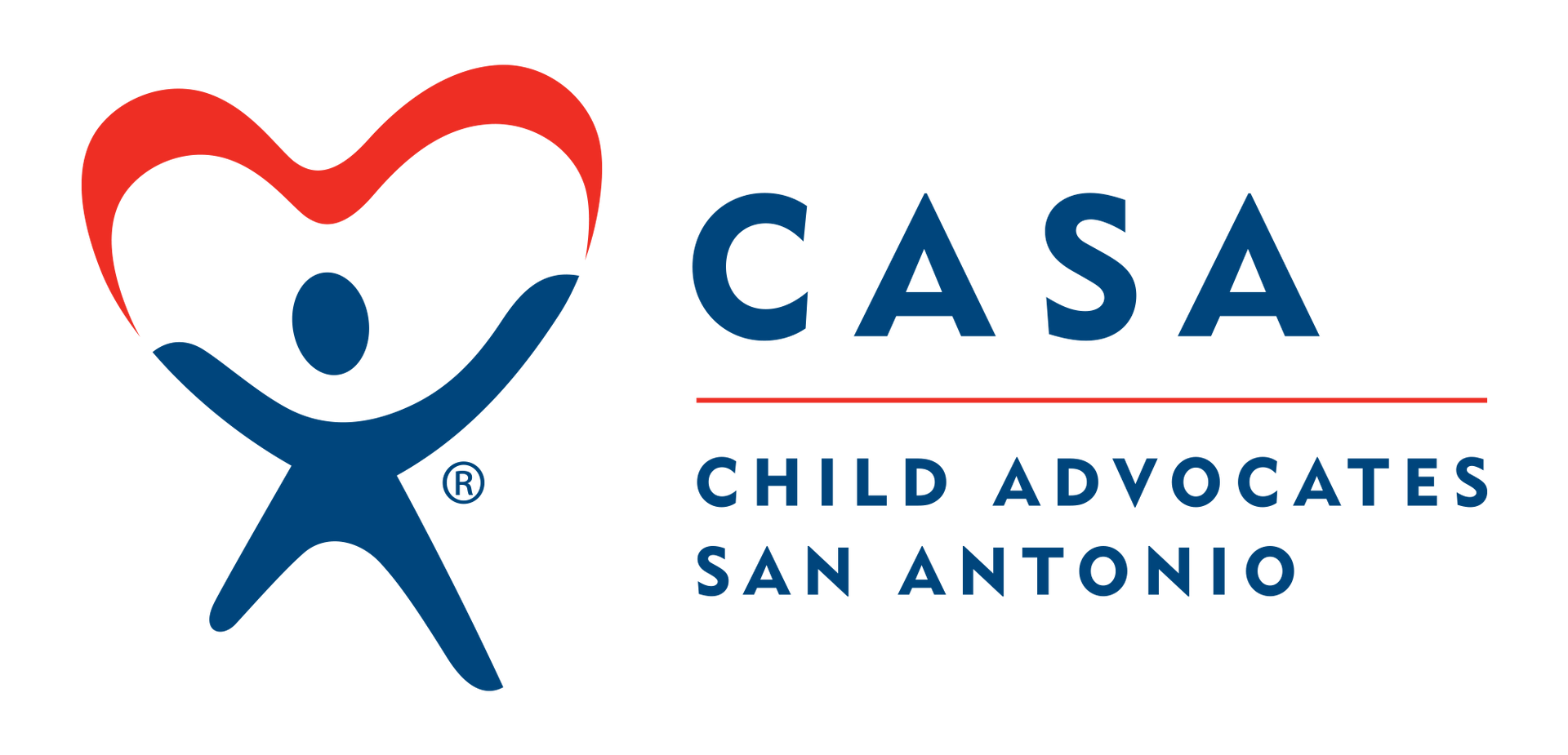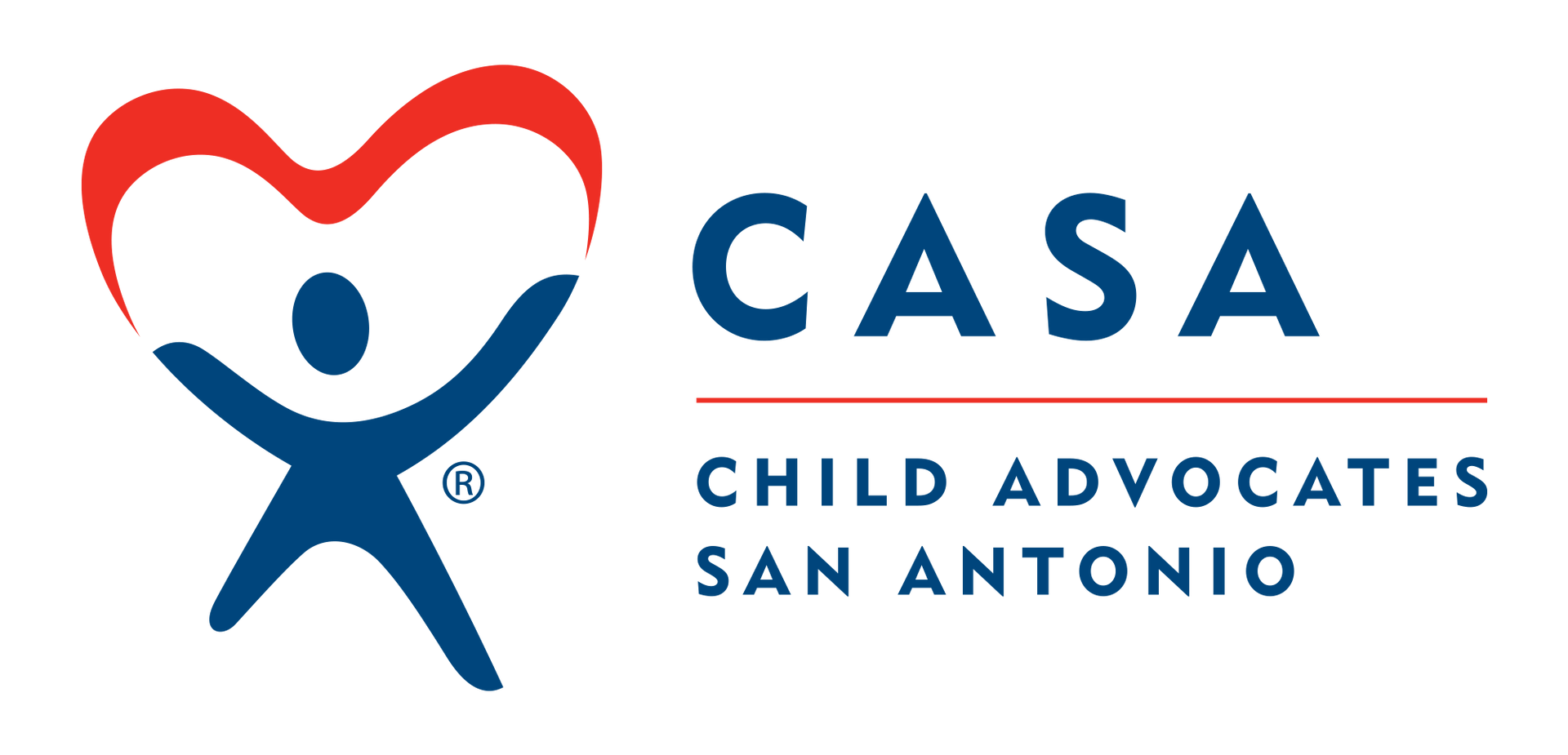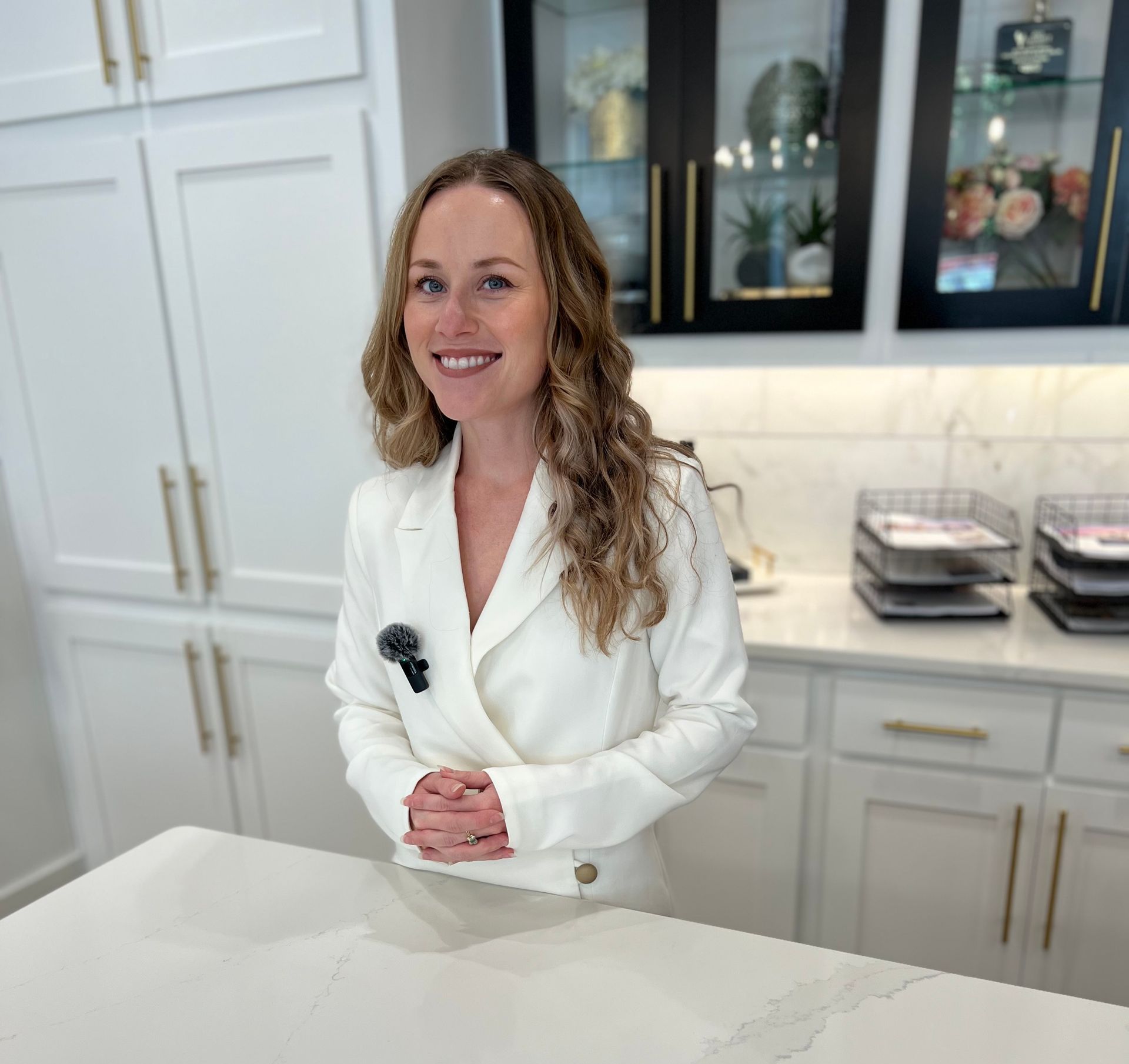Story of Hope
Advocate Impact Story
In early 2016, a sibling group of six children entered CPS care due to allegations of neglectful supervision. In addition, the mother and children had been residing in a home with a family member who the mother said had sexually abused her when she was a child. As is the case for many large sibling groups, these children had to be split up in order to be placed. A CASA was definitely needed to ensure that these children’s needs would be met and their bond could be maintained. Newly sworn- in Advocate, Heidi Gildersleeve, was drawn to this large sibling group case for her first case because some of the children were multi-racial and the department had concerns of mistreatment by a family member in the home due to their race.
Throughout the next year and a half, Heidi advocated for the best interest of all of the children. The children all had different needs, but most of them were adjusting well to their foster homes. However, Jason, the oldest child, was having a difficult time adjusting to foster care and being away from his family. He struggled with anger and aggression which resulted in multiple placement changes. When it came time for trial, both Heidi and the children’s ad litem recommended that only Jason be returned to his mother’s care. The mother had completed her services and seemed to be in a better place. Since Jason was older, he would be able to speak up if he did not feel safe at home. But the judge and the Department still had concerns and all parents’ rights were terminated.
Most of the children were in their forever homes, but not Jason. He watched as all his siblings began to get adopted. In 2019, the last sibling was adopted and Jason was still not in an adoptive placement. Heidi was committed to stick with him, though, as she knew the importance of providing support for him until he had permanency.
One of Heidi’s main goals was for Jason to stay connected with family after the siblings’ adoptions. She facilitated sibling visits so that the children could see each other. Heidi advocated for Jason to be placed with a sibling in her adoptive home and though the foster parents eventually agreed to it, the placement did not last long due to Jason’s behaviors and not being able to manage his anger. When Jason told Heidi about an aunt that he had been in contact with, she immediately reached out to the CPS caseworker to inquire if this aunt could be studied for placement. Ultimately, the aunt was not able to be a placement, but due to Heidi’s persistence, the aunt was cleared to have visits with Adam, providing that family connection that he was yearning for.
As with many cases, there were multiple changes in CPS caseworkers and at one point, family members came forward that wished to be considered for placement. They began phone calls and visits with Jason. Heidi, knowing the background of this case, had relevant safety concerns and informed the new caseworker of these concerns. She recommended to the caseworker that Jason have only supervised contact with them and explained the history. The caseworker was grateful that Heidi had shared her knowledge of the case and a potentially harmful situation had been avoided.
As time went on, Jason became more and more upset that he was still in foster care. He told his CASA that he just wanted to be like “normal” teens and do “normal” things. He began running away from his placements and in January of 2020, he ran away and was gone for two weeks. When he was picked up, he was placed in a shelter near Corpus Christi. Because of the distance, Heidi was not able to go see him immediately, and then the pandemic started and she was unable to have any face to face visits. While he was at the shelter, Heidi maintained phone contact with him and his staff until he was eventually placed back in San Antonio in May of 2020.
Once in his new placement, Jason once again started running away. This is when Heidi started thinking outside the box. Jason had struggled so much in placements because he just didn’t feel like he belonged. He wanted to be with family and wanted to feel “normal”. While discussing the case with her CASA Supervisor, Heidi suggested that CPS look into Jason’s birth mom to see if she could be a viable placement for him. Heidi was aware that Jason had been contacting his mom through social media. Because Heidi had built a positive relationship with his mother prior to her rights being terminated, Heidi was comfortable with this idea of her being a potential option for placement. With the caseworker’s permission, Heidi reached out to Jason’s mother and talked with her about her current situation and whether she would be able to provide a safe, suitable home for Jason. Heidi was pleased to find out that his mom had stable housing and employment. At a placement review hearing in May 2020, the caseworker proposed this idea of reunification with Jason’s mother to Judge Montemayor and he was in agreement that it was time to be more creative with our permanency plan for Jason.
In June 2020, Jason was placed back with his birth mom. Due to the pandemic, Heidi was still unable to do a home visit, but she maintained contact with Jason and his mom regularly through phone calls and offered support, as needed. Heidi advocated for therapy for Jason, as well as family therapy to assist with the reintegration process after all these years. CPS and CASA monitored Jason in his mothers’ home for four months and there were no major concerns. In October 2020, after spending more than four years in the foster care system, Jason’s CPS case was finally closed and he and his mother now get to enjoy their new “normal” together. Thank you, Heidi, for dedicating your time to this youth and being there for him as he changed placements at least five times over the years. You demonstrated the true heart of a CASA Advocate and were that constant that is so vital to our kids.









